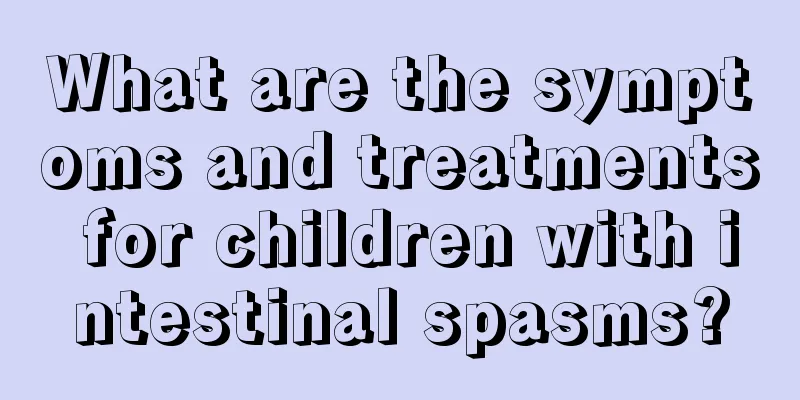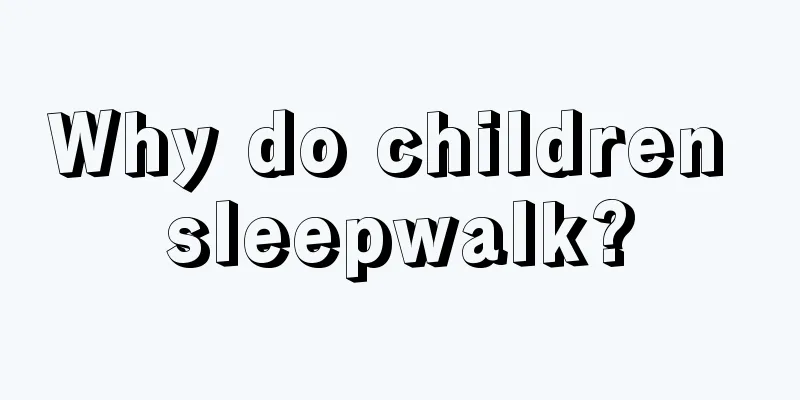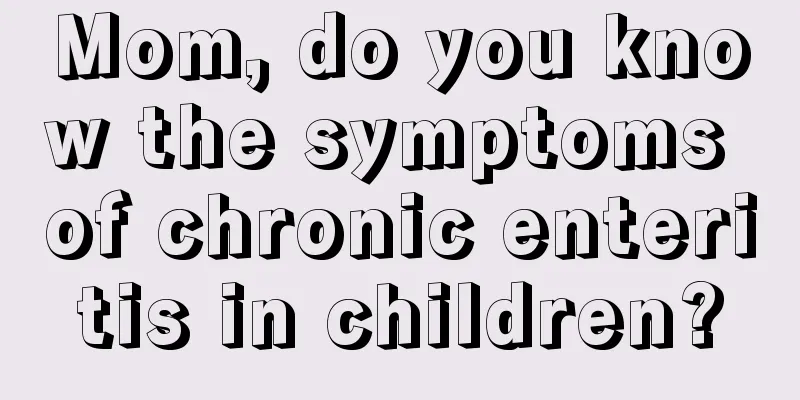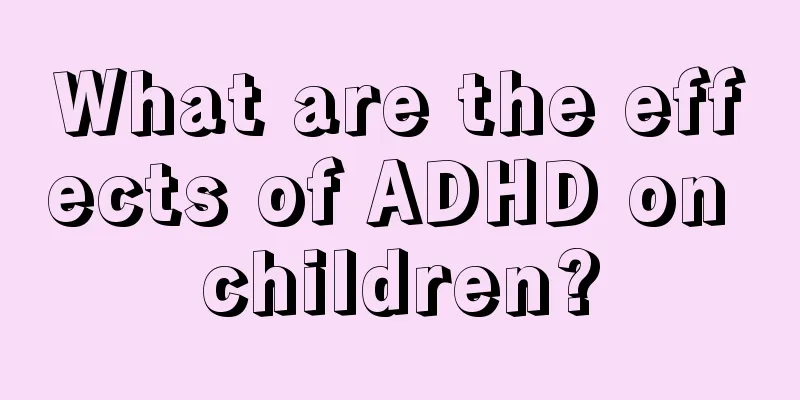What are the symptoms and treatments for children with intestinal spasms?

|
Intestinal spasms in children are actually a common symptom. It is not a disease. Generally, intestinal spasms can recover on their own and will gradually disappear as the child grows older. If a child's intestinal spasms are severe and last for a long time, they should be examined and treated promptly to avoid delays in treatment. Enterospasm, also known as intestinal colic, is just a symptom rather than a disease. Intestinal spasm is paroxysmal abdominal pain caused by strong contraction of the intestinal smooth muscle and is the most common condition of acute abdominal pain in children. The clinical manifestations are sudden onset of paroxysmal abdominal pain, mainly located around the umbilicus. The pain varies in severity and recurs repeatedly, but can heal on its own. When relieved, the abdomen is soft, without masses, tenderness or other pathological signs. In young infants, the degree and intensity of their crying can be used to determine whether they have intestinal spasms: the main manifestations are persistent, difficult-to-consolation crying and restlessness, which may be accompanied by vomiting, flushed cheeks, rolling over, curled-up lower limbs and other symptoms. When crying, the face is flushed, the abdomen is swollen and tense, and the legs are curled up. The attack can be terminated by the child passing gas or defecating. In young infants, the attack can recur and be a self-limiting process. Clinical manifestation of intestinal spasm: Infants and young children cannot describe their abdominal pain themselves, but only have sudden onset of paroxysmal crying, and sometimes wake up from sleep crying. Each attack lasts from a few minutes to more than ten minutes, and the pain comes and goes. The severity of abdominal pain varies. In severe cases, it may be accompanied by restless limb movement, rolling, pale complexion, and cold hands and feet. The second clinical manifestation of intestinal spasm: Preschool or school-age children can generally express abdominal pain by themselves, and the pain is most common in the middle abdomen or around the navel. Intestinal spasm induced by constipation often manifests as pain in the lower left abdomen, but sometimes the abdominal pain is difficult to locate. Abdominal pain usually occurs in paroxysmal episodes, with no discomfort during the intervals. The third clinical manifestation of intestinal spasm: Although the degree of abdominal pain in older children varies, their overall condition is generally good. Simple intestinal spasm can often heal itself within tens of minutes to hours. 1. The first level of treatment is to comfort the child, rock the child, reduce environmental noise, cover the baby's abdomen with a hot water bottle; give support and care to the parents; and take Chinese medicine or dimethyl silicone oil. Some Chinese medicines have antispasmodic effects. After taking Chinese medicine (powder composed of chamomile, verbena, licorice, fennel, vanilla and mint) for 7 days, intestinal spasms improved, but the number of night awakenings did not decrease. Dimethicone is a non-absorbable drug that changes the surface tension of bubbles, causing them to merge or diffuse, thereby promoting gas discharge and has no side effects on the human body. Tried using it to reduce intestinal gas. But the research results on it are inconsistent. In a crossover study using dimethicone versus placebo, symptoms improved in 1/4-2/3 of the children, but there was no significant difference compared with placebo. Other drugs that reduce intestinal gas, such as activated carbon and α-galactosidase, can absorb gas or help digest high-fiber foods and reduce fermentation gas production, but their effectiveness in treating intestinal spasm is currently uncertain. 2. The second level of treatment is drug treatment. Available antispasmodics (such as cimetropium bromide) can block the muscarinic receptors of smooth muscle, and can also act directly on smooth muscle to relieve smooth muscle spasm. If the effect is ineffective, dicyclomine hydrochloride can be used. As an anticholine drug, it has an atropine-like antispasmodic effect and a certain central nervous system sedative effect. It is effective in treating infantile intestinal spasms. However, recent studies have found that infants under 6 months old may suffer from sleep apnea when using this drug, which limits the application of this drug. There is still no completely effective drug to treat intestinal spasms. Third, tertiary treatment involves changes in diet and/or medication. Breastfeeding mothers do not consume milk, dairy products, fish and eggs; giving bottle-fed babies soy milk or hydrolyzed casein formula can significantly improve infant intestinal cramps. For patients with intestinal spasms caused by CMPI, symptoms improved in 71%-88% of children after removing cow's milk protein and replacing it with soy milk or hydrolyzed protein. Because drug treatments (such as dicyclomine hydrochloride) have certain side effects and are sometimes not effective, dietary changes may be more appropriate than medication. |
<<: What are the emergency symptoms and care for young children?
>>: What are the symptoms of colic in children?
Recommend
What is the brown liquid that a newborn vomits?
Nowadays, it is no longer important whether to ha...
How to treat hunchback in children?
Hunchback is a very common phenomenon in our live...
What is the reason for children's white teeth
Children are of great concern to their parents, e...
Newborn feeding tips
Newborn babies are fragile and need careful care ...
What are the reasons why children love to bite?
Children will definitely develop some bad habits ...
Nursing of intravenous indwelling needle in children
It is difficult for people to avoid getting sick ...
What to do if your child keeps vomiting
Why do children always vomit? Children's body...
What are the symptoms of zinc deficiency in my son?
Having a well-behaved and obedient baby at home i...
What is the treatment for neonatal insecurity?
The lack of security in newborns often makes our ...
Why do newborns never sleep?
Why do full-month babies always not sleep? There ...
What medicine should children take for stomachache?
When we were children, we often had discomfort of...
Why does the baby twitch when feeding?
Generally speaking, infants' nutritional need...
Why does my child cough after running?
Cough is one of the most common symptoms of influ...
Treatment of low-grade fever in infants
In our lives, it may often happen that children h...
Treatment for a three-month-old baby who has not defecated for two days
Nowadays, it is not uncommon for a three-month-ol...









